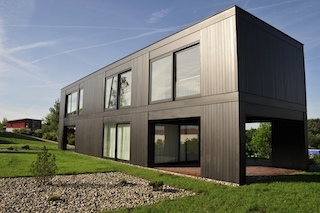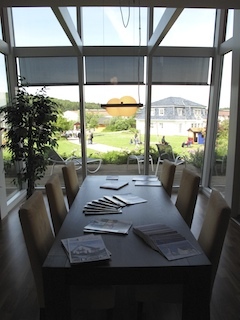
Passive houses are a relatively new departure in the construction industry, but with ever increasing concerns about rising energy prices, they are poised to become increasingly common. A passive house is a home which has extremely good levels of thermal insulation and thus a very low heating requirement. Passive home construction is all about maximising the advantages of natural heat gain and minimising heat loss. This is achieved by installing large, south facing windows which mean that solar radiation is used to heat the house. The plentiful natural light that is a feature of passive houses, also creates a great living environment. Keeping heat in and cold out is key, so passive homes are designed around an air tight shell. This ensures that heat cannot leak out through joints or gaps and that cold bridges are kept to an absolute minimum. They are incredibly well insulated throughout all the usual areas (walls, floors, roof) and even have triple glazed windows featuring an extra barrier against heat loss.
Heat is also produced inside the house itself. This can come from the body heat of the occupants, from electrical appliances, cooking and lighting. A central ventilation system with heat recovery ensures that this valuable heat is not lost. The system recycles the warmth contained in the ‘used’ air via a heat exchanger into the incoming ‘fresh’ air.
Passive houses are more expensive to build than other types of construction; they require more insulation and special structural elements. However, grants, loans and tax credits for environmentally friendly construction can help offset these extra costs. Building a passive home will mean a far lower and in some cases, non-existent, heating bill. It also adds immensely to the re-sale value of the property. Plus, the reduced CO 2 emissions that are a result of passive construction, are good news for the planet!
